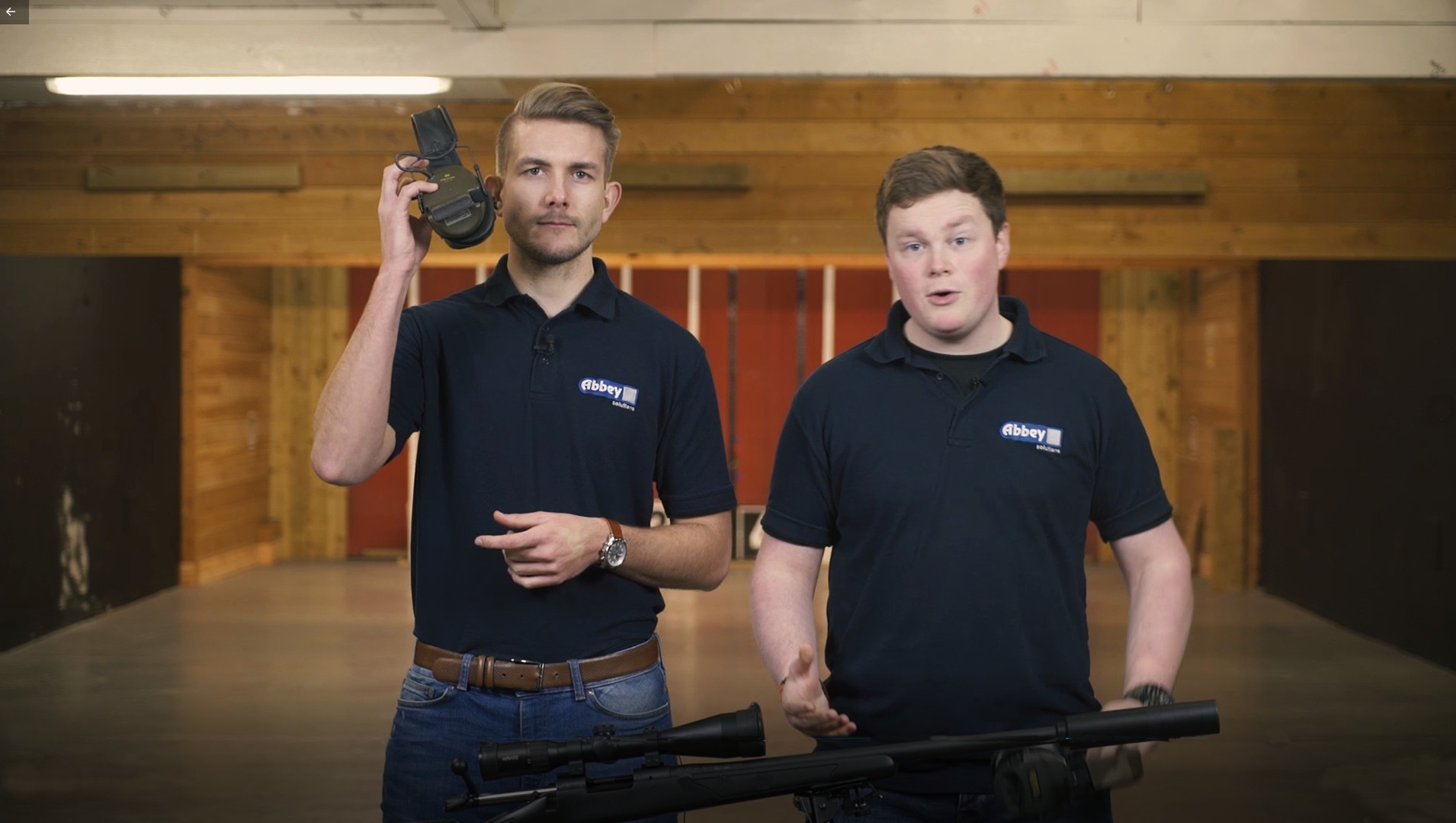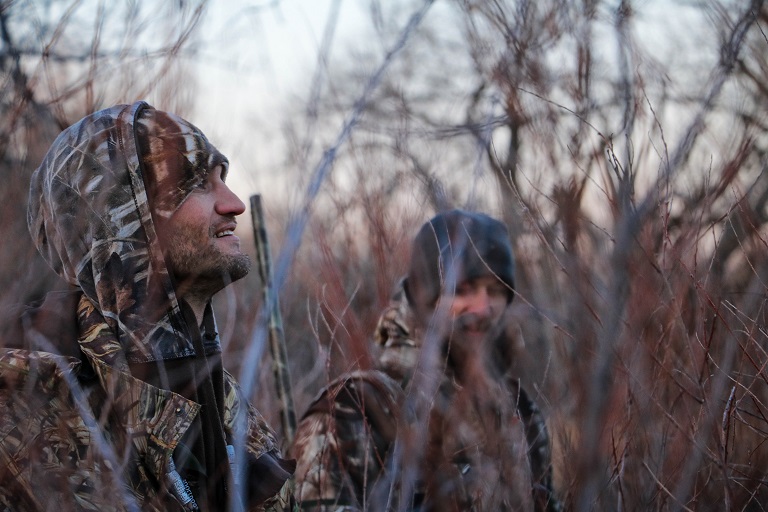
27th Nov 2019
Guide to Safety at the Shooting Range
Whether you're a brand-new shooter or you are just getting back into it range safety is the first thing you should be focusing on before you get anywhere near a firearm or near a range you should be clear on how to be safe so let's get into it.
How to make sure a gun is safe:
- Remove the magazine
- Cycle the action at least twice
- Perform a visual inspection of the chamber and magwell.
- Perform a physical inspection of the chamber and magwell.
Perform these steps every time you unload the weapon.
Rule Number One
Basic firearm safety, the gun is always loaded. Even if you're a hundred percent sure that the gun is unloaded and safe always treat it as though it's loaded. This means no pointing it around at anyone and always keep your finger off the trigger.
You should always always be aware the condition of the firearm this means whether there's a round in the chamber, whether the magazine is loaded etc etc. Even though you know the gun is 100% safe others do not so always treat the firearm as if it is loaded.
Rule Number Two
Back to firearms safety... Finger off the trigger. Keep your finger well away from the trigger until you're aiming down the sights and you are ready to fire, only then are you clear to put your finger near the trigger. You have no idea what might happen when your finger is near the trigger and if you're a new shooter you have no idea how light the trigger might be on this particular firearm. Until the firearm is pointed in a safe direction, you are looking down sights and you have decided to shoot do not put your finger near the trigger.
Rule Number Three
Safety rule - always point the gun in a safe direction. This is one of those rules it's so obvious and we've spoken about it in previous rules but it is very easy to absent-mindedly point the gun in an unsafe direction this is known as muzzling, flagging, lasering... it has a number of different names but it all comes down to pointing the barrel at something you do not intend to shoot at. A good example of this could be pointing the gun at your own feet or accidentally reaching in front of the muzzle to pick something up or adjusting the moderator on your firearm. This is something that's incredibly common even with experienced shooters and it's often most common with handguns. If in doubt make the weapon safe put it down and then continue.
Rule Number Four
Know your target and what's around it before firing. You need to know exactly what you're aiming at what's behind it and what's around it if you miss. What happens to your bullet. Only when you have considered the target and the environment and it's all been deemed safe is it okay to fire. Firstly each range is different so make sure you fully acquaint yourself with the rules of the range, if you're unsure about anything talk to the Range Safety Officer who'll be more than happy to talk you through it. Secondly there will be other people at the range at the same time as you so be considerate of their safety. Remember even if you know a gun is safe they may not. Guns on a bench should be unloaded and safe with a bolt back and the ejection port facing up so that others can visually see that the weapon is clear and safe.
Keep eye protection and hearing protection on at all times, you can never be certain when someone's going to be firing so just keep them on. Listen to the Range Safety Officer and treat every other shooter as though they're a range safety officer. Everybody in the range is responsible for safety including you.

